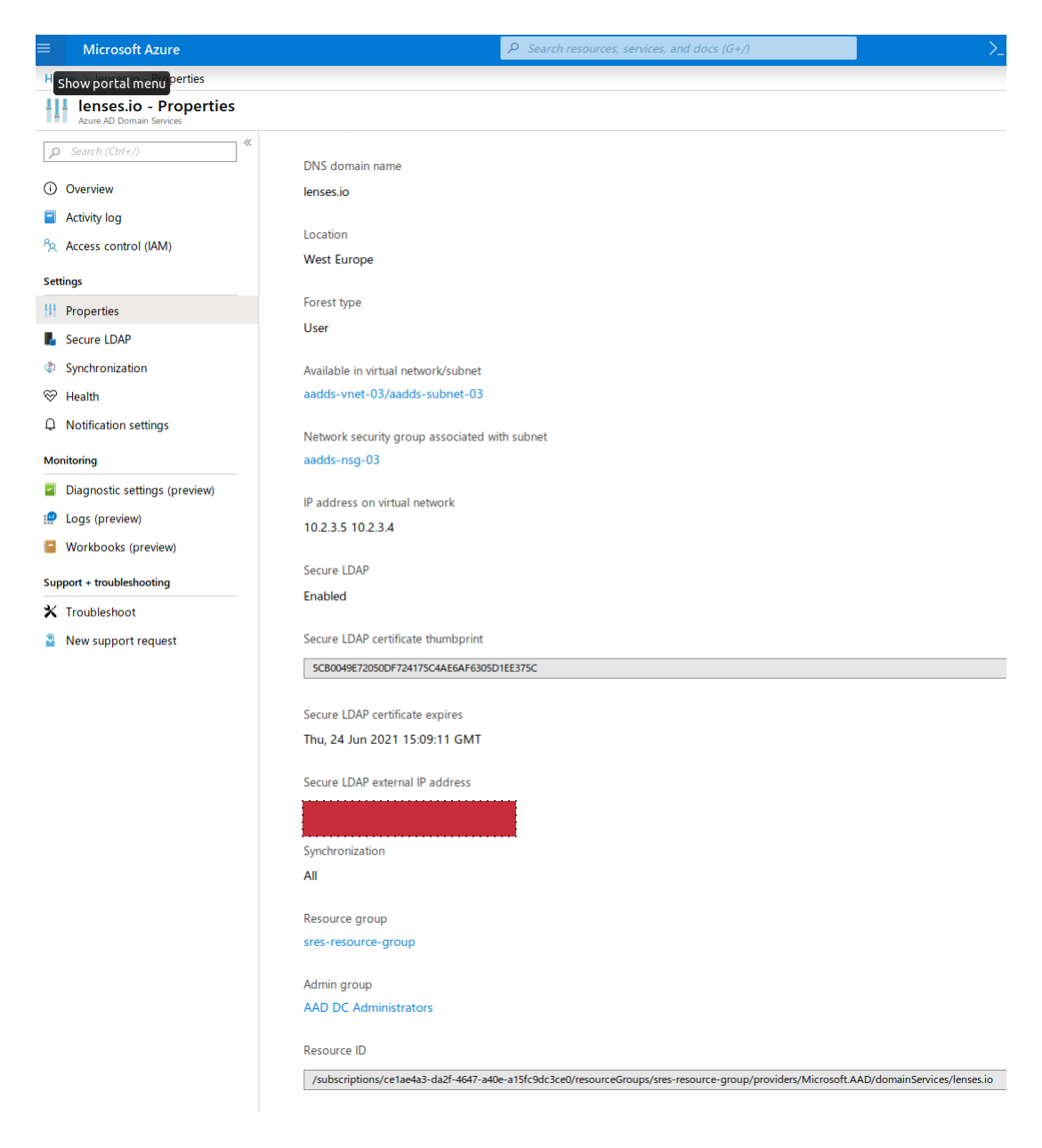

Remember to turn on soft delete for file shares ad mention the number of daysĬreate required file shares where the profiles are going to reside Add Role assignment(IAM) Select the desired Vnet and subnet from where this file share should be accessible, Private DNS is a optional settings, If you wish you can enable the same. Follow the steps below to add a private endpoint We need to create a private end point in our deployment, Which will allow access to the fileshares only from the desired subnet.

Remember to create the storage account name less than 15 characters or depending on your domain naming policies Select the account type and performance Disable Blob accessĪzure Files provides two main types of endpoints for accessing Azure file shares: I chose premium file share in this walkthrough as shown below Which storage account type you need to create depends on whether you want to create a standard file share or a premium file share.

Storage AccountĪzure file shares are deployed into storage accounts, Azure supports multiple types of storage accounts for different storage scenarios, but there are two main types of storage accounts for Azure Files. In this post I have tried to capture all the steps while creating Azure File shares for WVD deployment and real time challenges, Please refer to the quoted messages in this post.


 0 kommentar(er)
0 kommentar(er)
